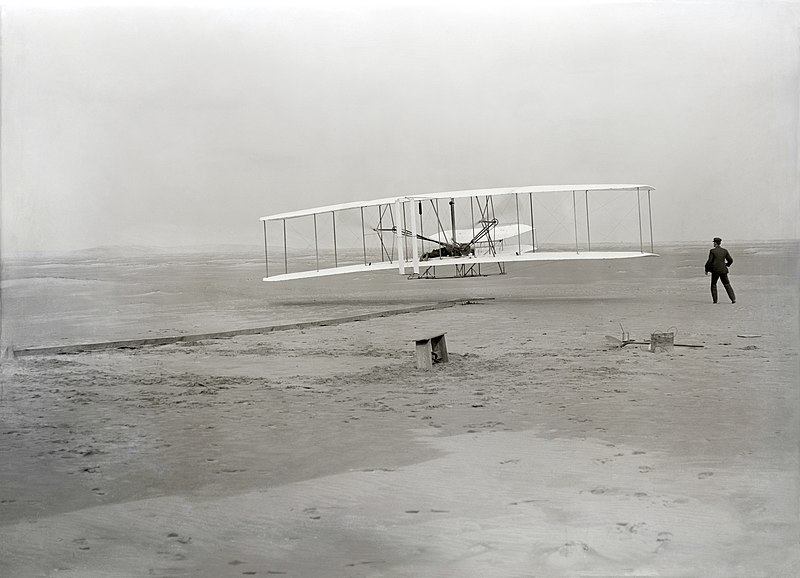Learning to Fly
A history of human flight.
Flight is an action that humans have desired since they saw the first birds. At last, in the early 20th century, Orville and Wilbur Wright fulfilled this desire. They created the first plane, the Wright Flyer, out of lumber covered in fabric because the wood had a great strength-to-weight ratio. They went to a place in Carolina where there would be consistent wind speeds so the wind was a constant variable. At last, on December 17th, 1903, their airplane finally took to the skies. They paved the way for modern airplane design by giving us a good idea for materials and ratios, so they were a highly important part of history. However, planes are not the only man-made objects in the sky. We can thank Igor Sikorsky for the creation of the first practical helicopter. On May 13th, 1940, he was flying for around 5 seconds in the helicopter that he designed. They were a great feat of engineering, and they were both heavily militarized and improved during the World Wars. Nowadays, we can fly for hours upon hours in our helicopters and planes, and we can thank these three for starting it all.
RELATED STORIES:
https://airandspace.si.edu/collection-objects/1903-wright-flyer/nasm_A19610048000
https://www.britannica.com/technology/military-aircraft
https://www.military.com/equipment/helicopters
https://www.britannica.com/technology/balloon-flight/Hot-air-ballooning
TAKE ACTION:











